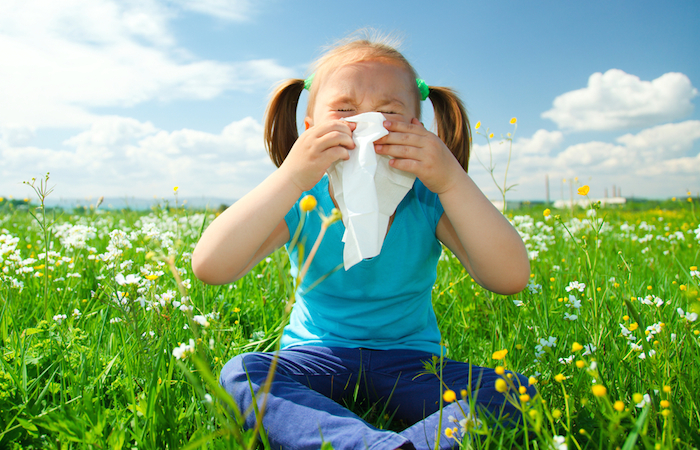The new school year means new clothes, classes, and teachers – and the same old misery due to sneezing and wheezing for children who have allergies or asthma. From the class hamster to dust mites residing in carpet to germs from cold and flu viruses, asthma and allergy triggers lurk throughout the classroom.
It’s not so surprising that back-to-school season is associated with a 46 percent increase in asthma-related emergency department visits by grade school children. And allergies and asthma account for more than 14 million school day absences. But seeing an allergist can keep kids in the classroom: studies show patients treated by allergists for asthma have better symptom control, including less wheezing and fewer absences, at lower costs.
To keep kids focused on their studies instead of their allergy and asthma symptoms, it’s important that they receive proper diagnosis and treatment.
Here are some tips from the American College of Allergy, Asthma and Immunology:
- The germ incubator – It’s tough for the child with asthma to avoid germs at school, since they are pretty much everywhere from the pencil sharpener to the edge of the teacher’s desk. The best defense is a good offense, so be sure your child gets a seasonal flu shot. Washing hands regularly and using tissues and antibacterial hand sanitizers also can help.
- Tag, you’re – huff, puff – it – Jumping jacks during gym, tag during recess, soccer after school – these and other common school activities can trigger exercise-induced bronchoconstriction (EIB), commonly referred to as exercise induced asthma. About 80 percent to 90 percent of those with asthma have EIB and 10 percent of people without asthma have EIB. If your child has difficulty breathing during or after exercise, call me for some assistance in working with you on a prevention and treatment plan. Be sure to give teachers a heads up and make sure your child has medication available at school.
- Fear of furry friends – Kids love class pets, but many have allergies to them. You might suggest the teacher consider a non-furry pet, such as fish. Children who have pets at home also may have pet dander on their clothes, triggering symptoms in a pet-allergic child. A new seat assignment may help.
- Food safety patrol – If your child has food allergies, potential problems can crop up almost anywhere, from the lunchroom to the classroom. Tell the teacher about foods that cause problems for your child and have a plan. Share the plan with teachers, coaches and the school nurse for dealing with an allergic emergency and make sure your child has medications with them like injectable epinephrine.


No Comment